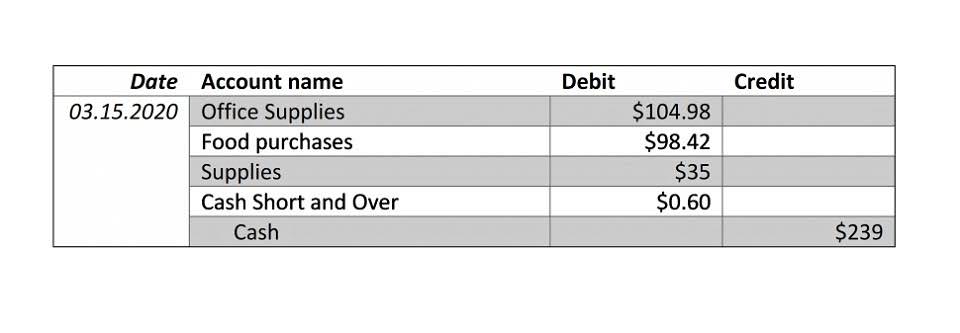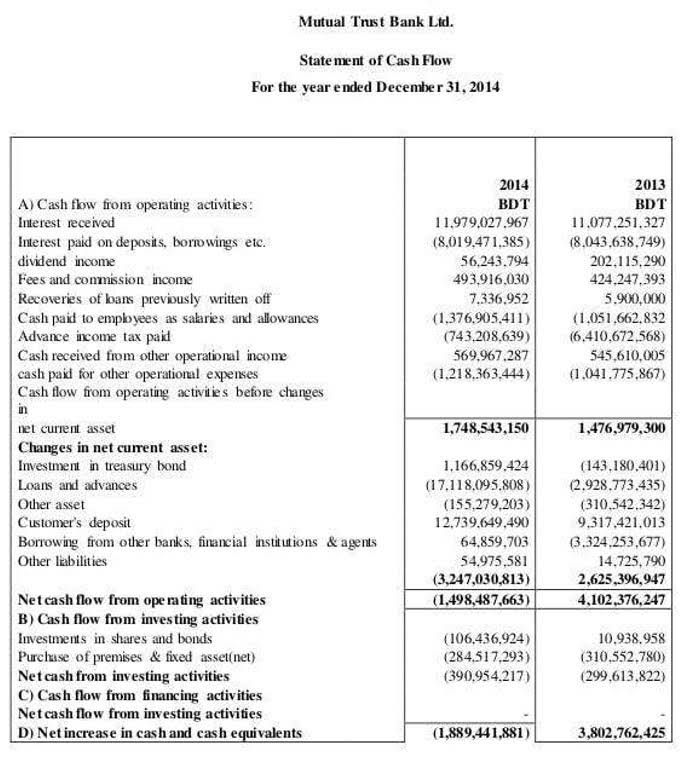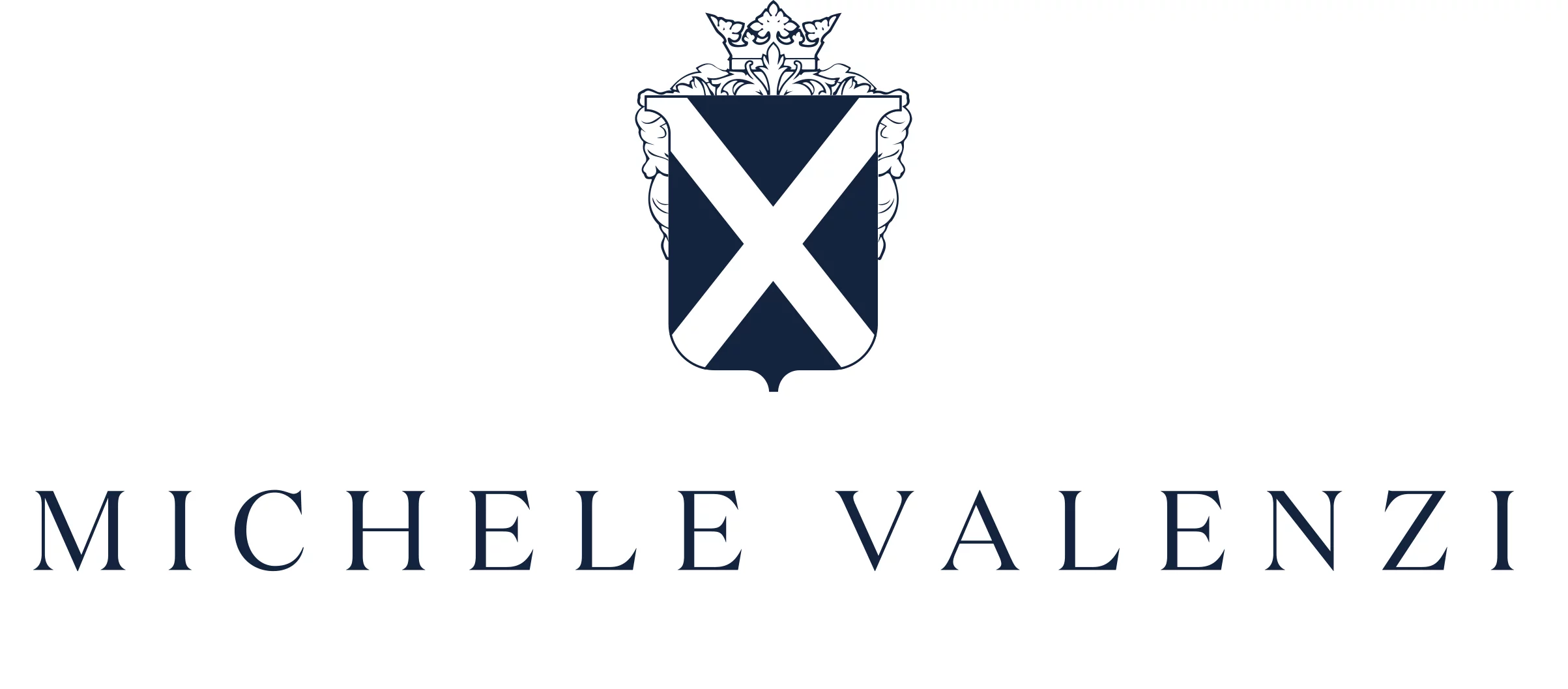No products in the cart.
30Apr
Equity Meaning: How It Works and How to Calculate It


Accountants call this the accounting equation (also the “accounting formula,” or the “balance sheet equation”). Your liabilities are any debts your company has, whether it’s bank loans, mortgages, unpaid bills, IOUs, or any other sum of money that you owe someone else. In all financial statements, the balance sheet should always remain in balance. Creating and maintaining positive equity shows that you’re generating a profit, running your business responsibly, and reinvesting in your long-term success. The equity method is the standard technique used when one company, the investor, has a significant influence over another company, the investee. When a company holds approximately 20% or more of a company’s stock, it is considered to have significant influence.
- The balance sheet is one of the three main financial statements that depicts a company’s assets, liabilities, and equity sections at a specific point in time (i.e. a “snapshot”).
- A company’s equity position can be found on its balance sheet, where there is an entry line for total equity on the right side of the table.
- After all, you started your business to follow your heart, not to solve equations.
- The accounting equation’s left side represents everything a business has (assets), and the right side shows what a business owes to creditors and owners (liabilities and equity).
- Which of the following will reduce the reserves/money supply in the banking system and economy overall?
How to calculate equity in accounting?


Nevertheless, the owners and private shareholders in such a company can still compute the firm’s equity position using the same formula and method as with a public one. Balance sheets give you a snapshot of all the assets, liabilities and equity that your company has on hand at any given point in time. Which is why the balance sheet is sometimes called the statement of financial position. For example, an increase in an asset account can be matched by an equal increase to a related liability or shareholder’s equity account such that the accounting equation stays in balance. Alternatively, an increase in an asset account can be matched by an equal decrease in another asset account. It is important to keep the accounting equation in mind when performing journal entries.
- On the other hand, positive shareholder equity shows that the company’s assets have grown to exceed the total liabilities, meaning that the company has enough assets to meet any liabilities that may arise.
- At some point, the amount of accumulated retained earnings can exceed the amount of equity capital contributed by stockholders.
- Equity in accounting comes from subtracting liabilities from a company’s assets.
- Cost of purchasing new inventory refers to the amount of money you’ll have to spend to manufacture your products or services.
- At the heart of HighRadius’s R2R solution is an AI-powered platform designed to cater to all accounting roles.
- An equity takeout is taking money out of a property or borrowing money against it.
Want More Helpful Articles About Running a Business?
- This process involves the consideration of various factors such as cultural, political, and economic differences in different regions.
- For the past 52 years, Harold Averkamp (CPA, MBA) hasworked as an accounting supervisor, manager, consultant, university instructor, and innovator in teaching accounting online.
- If it reads positive, the company has enough assets to cover its liabilities.
- Owner’s or stockholders’ equity also reports the amounts invested into the company by the owners plus the cumulative net income of the company that has not been withdrawn or distributed to the owners.
However, it also creates new jobs in emerging industries and leads to overall economic growth. While international trade can cause short-term job loss, it can also create new opportunities for growth and employment in the long run. Excessive job creation does not necessarily destroy economic growth, as it can lead to increased consumer spending and investment. And while retraining and education programs can help workers transition to new industries, the lack of resources for such programs is not the main reason for job destruction during economic growth. In this scenario, the increase in government spending would lead to a decrease in private sector spending, resulting in an offsetting effect on aggregate demand. Therefore, the overall impact on aggregate demand would be neutral, and it would remain unchanged.
Everything You Need To Master Financial Modeling
Equity on a property or home stems from payments made against a mortgage, including a down payment and increases in property value. Total equity effectively represents how much a company would have left over in assets if the company went out of business immediately. A company’s “uses” of capital (i.e. the purchase of its assets) should be equivalent to its “sources” of capital (i.e. debt, equity). The accounting equation sets the foundation of “double-entry” accounting, since it shows a company’s asset purchases and how they were financed (i.e. the off-setting entries). The accounting equation is a core principle in the double-entry bookkeeping system, wherein each transaction must affect at a bare minimum two of the three accounts, i.e. a debit and credit entry. Equity financing can give aspiring business owners the capital needed to realize their dreams.
Recording Revenue and Asset Changes Under the Equity Method
Stockholders’ equity is also referred to as shareholders’ or owners’ equity. Home equity is often an individual’s greatest source of collateral, and the owner can use it to get a home equity loan, which some call a second mortgage or a home equity line of credit (HELOC). An equity takeout is taking money out of a property or borrowing money equity equation accounting against it. They help you understand where that money is at any given point in time, and help ensure you haven’t made any mistakes recording your transactions. Here’s a simplified version of the balance sheet for you and Anne’s business. If you’ve promised to pay someone in the future, and haven’t paid them yet, that’s a liability.
Return on Equity
It reflects the value that belongs to the shareholders or owners of the business. Equity can also refer to other items like brand equity or other non-financial concepts. Unlike shareholder equity, private equity is not accessible to the average individual. Only “accredited” investors, those with a net worth of at least $1 million, can take part in private equity or venture capital partnerships. For investors who don’t meet this marker, there is the option of private equity exchange-traded funds (ETFs). A final type of private equity is a Private Investment in a Public Company (PIPE).
What Are Some Examples of Stockholders’ Equity?


When Taylor receives the loan in cash, it does not affect the money supply because cash is already part of the money supply. The money supply includes both physical currency (coins and banknotes) and demand deposits (checkable deposits held at banks). If the loan were given as a new checkable deposit, it would increase the money supply because it would create new funds that can be used for transactions. However, when the loan is provided in cash, it simply transfers existing currency from the bank to the borrower.


What Is an Asset in the Accounting Equation?



Leave a Reply